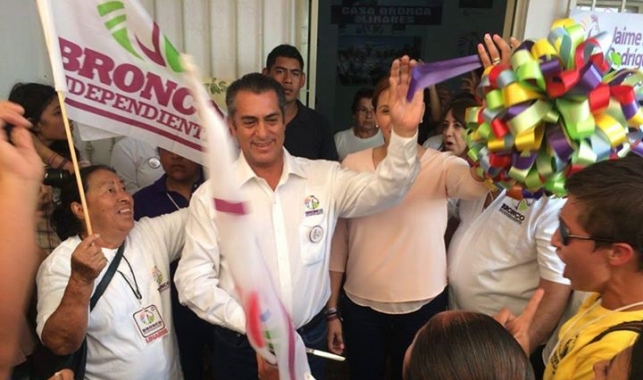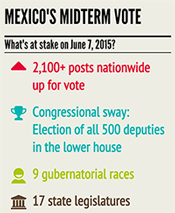Latin America Advisor | Can Meade Keep Mexico's Presidency in the PRI's Hands?
/Q: Mexican President Enrique Peña Nieto on Nov. 27 backed his finance secretary, José Antonio Meade, to be the ruling Institutional Revolutionary Party’s candidate in the presidential election to be held next July. Why did Peña Nieto choose Meade, and will Meade’s close affiliation with the relatively unpopular lame-duck president hinder his candidacy? Does Meade have the support of the PRI at large? What will it take for Meade, often described as a U.S.-educated technocrat, to garner enough popular support to become Mexico’s next president?
A: Carin Zissis, editor-in-chief of AS/COA Online at the Americas Society and Council of the Americas:
“José Antonio Meade, a lesser-known candidate who’s never run for office, is up against leftist former Mexico City Mayor Andrés Manuel López Obrador, a familiar face making his third go at the presidency and who leads polls in part thanks to voter dissatisfaction with the political status quo. So it seems like Meade, who has PhD from Yale and polls well with elites, could struggle to win popular support in time for election day. But it would be a big mistake to count him out. For starters, Meade’s ‘unknown’ status can be overcome, particularly given that political advertising is crucial to media outlets’ bottom lines in Mexico. Since Meade revealed plans to run, he has gotten nonstop coverage, proving the PRI machinery is gearing up for battle. Second, President Enrique Peña Nieto’s administration hopes that what makes Meade different will also make him the victor. The PRI is tainted by corruption, but Meade remains untarnished. He’s held top cabinet posts, ranging from foreign relations to finance, under Peña Nieto, but also during the presidency of Felipe Calderón of the National Action Party, meaning he can siphon votes from the conservative PAN. In fact, Meade isn’t a PRI member; the party opened the door to his candidacy in August by changing its rules to allow non-priistas to run. Finally, Mexico has no runoff vote, and there could be more candidates this time around, given the possibility of some high-profile independents. Meade, or whoever wins, might do so with a third of the votes—or less. And the PRI is, at least publicly, projecting unity while other parties fall victim to infighting. There’s a long way to go between now and July 1, and the PRI is a formidable political force in Mexican politics, regardless of Peña Nieto’s approval rating.”



